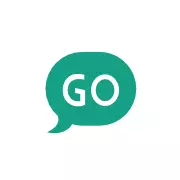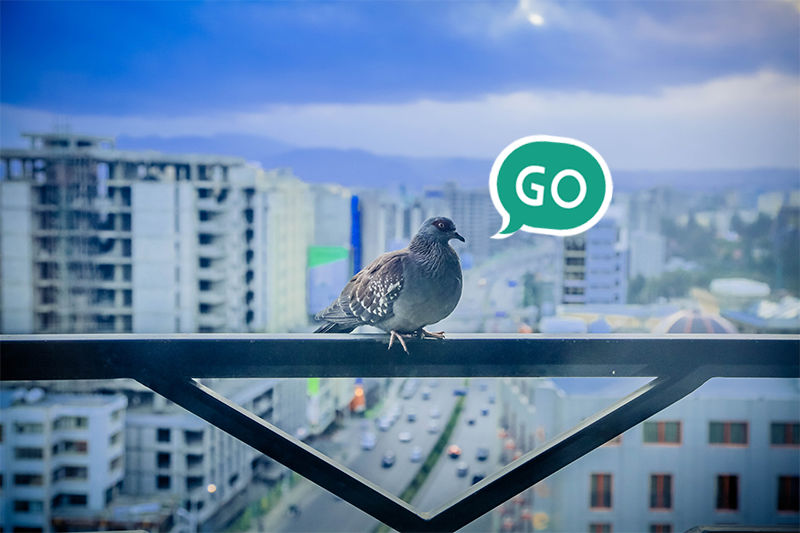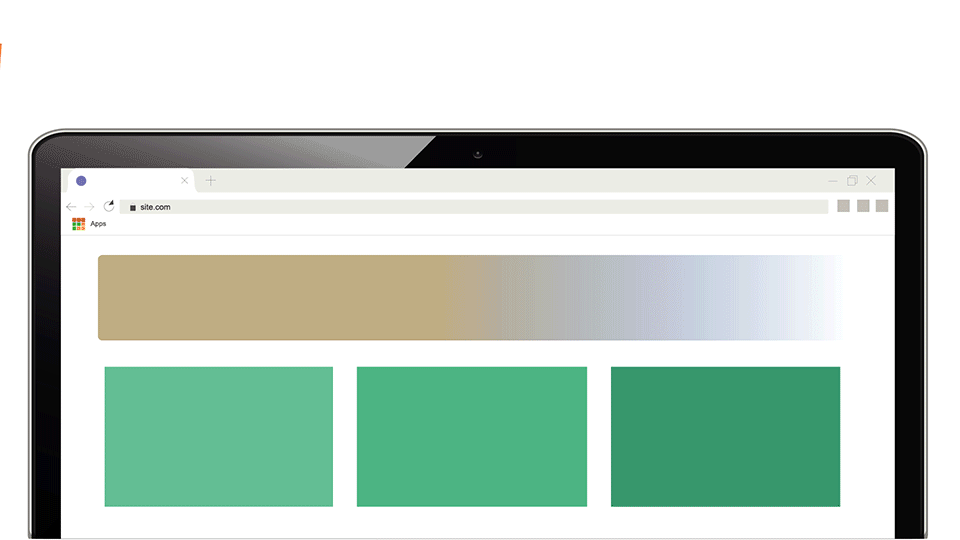Email marketing: is it the only way to build a customer base?
 PushPushGo
PushPushGo
We’ve gotten used to using email marketing as the main tool to build our lead base. Little did you know there are various other ways to do this.
Email marketing is still one of the most successful strategies in lead generation, and it’s a powerful channel for engaging your target audience. Although it’s quite important, you should also support it with additional tools and actions for the best results.
What is email marketing?
Email marketing is the process of marketing your products through emails. It’s a fast and flexible way of reaching new customers and keeping existing ones. It improves the response rates to your campaigns and helps gather leads.
How to generate leads
Before we go into detail on how to generate leads, it’s worth mentioning what exactly can be qualified as a lead. Generally speaking, a lead is a person or company that can potentially become your client. The subject shows interest in your product or service and has dedicated a budget for this specific purpose. In e-marketing, a lead leaves personal contact information on your website and shows potential interest in contacting your brand, buying your products or using your services. There are many different ways on how you can acquire leads into which we will discuss one by one.
Web push notifications
Another e-marketing automation solution is web push notifications. Its functions are quite similar to email marketing. They are notifications that are presented to subscribers of a specific website after opening it. It should be considered that the said site had already sent a message earlier directed to the user. All you need to do in order to become a subscriber is allow notifications (just one click). These notifications should be short, simple and straight to the point.
If a user is interested in the notification, he or she may click the link and will be taken directly to the chosen site, or they can ignore the message by clicking out of the notification window.
There are many benefits to web push notifications:
no personal information or email addresses of users are required. This is possible because the subscriber is identified based on the information that is stored by the web browser they use.
Notifications generate sales, increase traffic.
Build brand awareness- similar to email marketing tools.
What differentiates web push notifications from most tools is that it takes a lot less time to create a campaign and requires minimal effort. All you need to do is choose a distinguishing graphic, a title, the main text and a link to the site. The whole process takes less than five minutes and the actual notifications are delivered within ten seconds.
The only thing required for web push notification to appear to the user is their browser has to be turned on for when notifications are sent. Ad-blocker has no impact on the delivery of the campaign. Users are more willing to use web push notifications because they don’t need to share personal data for them to work. They can also unsubscribe anytime.

It’s also important to note how these notifications can be used. For one, they can serve as a platform for distributing content and informing potential clients about new products or discounts they might be interested in. They are also a great tool for improving customer service. You can keep track of your customer’s satisfaction with the help of the opinion options; an example can be asking questions such as “Are you pleased with our service?”. If they are, they’ll be sent to a thank you page, if not, you can help them resolve their issue.

Build up a GDPR-friendly database of web push subscribers twice as fast as a newsletter. Start now - always free up to 500 subscribers!
Gated content
Gated content is online materials, such as articles, videos, e-books, that require users to fill out a form before they can access them. The form can vary from only requiring the user’s name and email address to demanding more details. This form of content is a powerful tool for lead generation if used correctly. When creating premium content, you must keep a few things in mind.
The most important thing is knowing your target audience’s needs and what type of things they’d like to learn. Offer answers and solutions. Be visual and include real-life examples that help address challenges your customers may face. Some tools that may help you out are:
Answer the Public,
BuzzSumo,
Google Trends,
Keyword Planner.
Each of them will provide you with information on how you can approach your audience better and give you some content ideas. It’s also recommended to create a special landing page for distributing this content. It makes it clear for the user and provides an immediate CTA. Leads that are generated through gated content are very valuable because they show that the reader is highly interested in a problem to which your company has a solution for.
Messenger bot subscribers
This form of e-marketing automation is quite similar to a traditional newsletter. Facebook allows companies to install Messenger chatbots on their pages and also send subscribers newsletters through chat boxes. You can configure an automated sequence of messages to be sent to any new subscriber while requiring minimal hassle. Setting up this bot form is quite simple. All you need to do is choose a Facebook Page to host your bot newsletter, configure the greeting message and it’s done. Then you need to encourage users to sign-up!
Messenger bots click-through-rate is four to ten times higher than most email marketing automation solutions.
Users often prefer this type of communication since it’s easy to use and quick. Installing these bots doesn’t require any programming knowledge so any company can create a campaign. The message can be in the form of a simple text, or you can add buttons. For Facebook users, there’s an option to subscribe to these messages by clicking on Page Setting > Messenger Platform. Under the box “Subscription Messaging” in the “Advanced Messaging Settings”, you click the “Request” button.
Facebook and LinkedIn groups
Groups on Facebook and LinkedIn are extremely useful tools for e-marketing automation. They may be more time consuming and require more effort but are definitely worth it in the long run. Members of these groups are more active and generally more interested in the topics that are discussed on the group, which is why there is a very high chance they will click on your links and read your comments. Answer questions about the industry, actively take part in discussions but don’t be too intrusive. It’s a great idea to be part of these groups because this is where you can reach your target audience and users involved in discussions. You can also receive valuable and honest feedback that will help you improve your content.
Facebook campaigns
Facebook Lead Ads are the best way to run lead generation campaigns on Facebook. Lead Ads let people show their interest in a product or service by filling out a form in the ad with their information and allowing a business to follow them up. This enables you to know the demands of your target audience and can be used to collect sign-ups for newsletters or price estimates. Generating leads is also possible through indirect ads which allow you to gather a database of people who reacted or clicked on them. It proves that they showed interest and lets you aim more similar ads that follow a sales process.
Newsletter
An email newsletter is one of the most popular e-marketing tools that has many useful functions. Not only does it remind users about you, but it also informs users about your products. Email newsletters are basically regularly occurring emails that include mostly informational content or a summary of content that users browse through and read whatever they choose. The goal of these newsletters is not to push content, but to provide articles or offers relevant to the user’s personal lifestyle and to build a relationship with them.
When providing a newsletter sign-up option on your website, it’s worth making it visible and clear to your audience. Make sure you describe and introduce the goal of the newsletter- basically the type of content you will be sending. It’s important to add the frequency of the newsletter, i.g. the user will receive a roundup of content (or special deals in terms of e-commerce) of the given industry once a week. In summary, newsletters are an extremely effective email marketing tool.
How to gather customers’ data according to GDPR
When it comes to the legal aspects of gathering customers’ data, it’s important to keep a few things in mind. Email marketing is greatly affected by GDPR. It changes sales prospecting and requires customer service departments to handle data in a professional manner. It’s important that you have a defined purpose for collecting information and it has to be legal.
Taking into account email marketing, according to GDPR, the user should always have a right to decline receiving marketing messages. GDPR encourages you to send targeted emails to subscribers based on their interests- this dramatically improves your marketing results but requires the subscribers to be willing to share this information.
It’s best to have a few strategies figured out at the same time and to test out various solutions. Each email marketing automation solution gives different results, so it’s up to you to decide which one works best for your business. Developing a strategy once isn’t enough - you must continue to optimise it and change it accordingly to your needs.

Send notifications directly on user's desktop or mobile screen that automatically results in 90% view rate. Start now for free!

Platform for sending and automating push notifications. With PushPushGo App you can:
Save abandoned shopping carts;
Increase the value of shopping carts;
Increase the return of users to your site;
Build a customer database;
Send manual campaigns and create push automation scenarios.
Try it free of charge: www.app.pushpushgo.com/
Try PushPushGo to engage and connect with your audience.
Create an account and start testing!





-dpb8cumbbn.webp)